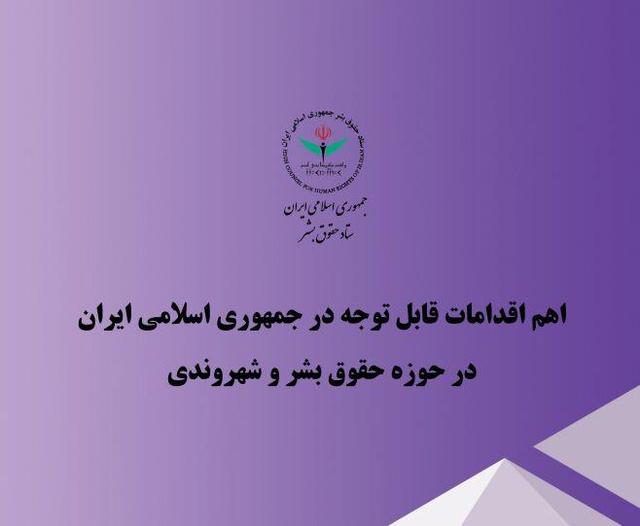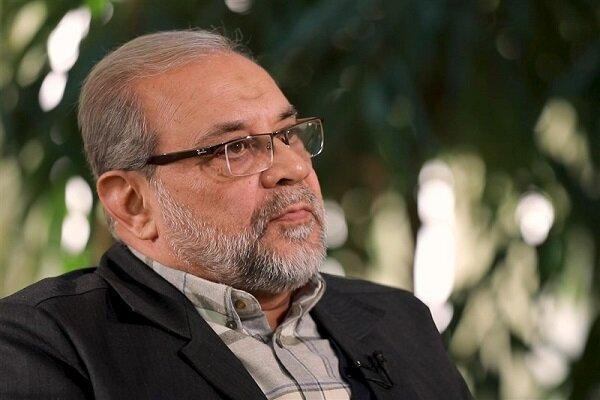Israel's genocide in Gaza never stopped. But UK media have enabled this latest lie
Israel's genocide in Gaza never stopped. But UK media have enabled this latest lie

The world’s gaze has shifted away from Gaza and it was seemingly relegated in importance. After all, a little over two years after the 7 October attacks, with Israel’s unforgiving campaign of annihilation, a ceasefire was reached.
Brokered by US President Donald Trump, negotiations culminated in a ceremony in Egypt on 13 October that celebrated "peace in the Middle East". The president hailed the "historic day" and insisted he’d "achieved what everybody said was impossible".
On Tuesday, that arrangement was in serious jeopardy. Israeli Prime Minister Benjamin Netanyahu sanctioned a series of air strikes on Gaza, killing over 100 Palestinians including 47 children. Suddenly the ceasefire that had held resolutely was on the brink.
Or so the UK mainstream media characterised events in the region.
Across the broadcast and press realm, the story was told using the same lens. In its live feed, the BBC stated the Israeli strikes were a "test" of the ceasefire. The Guardian and The Times opted for the same framing, language that was also echoed by LBC. Sky News and the Financial Times highlighted the sign of its "fragility".
Casual observers might conclude that, after a brief period of optimism, the ceasefire that lasted more than a fortnight was slowly eroding.
In reality, Israel’s systematic violence never ceased; it was merely concealed by the UK media.
On the ground, the situation could not be further from the perception of calm. Palestinians in Gaza continued to endure intolerable conditions, still held hostage to Israel’s power and subjugation. A temporary and slight reduction in bombing, displacement, and destruction cannot be mistaken for peace while such suffering persists.
The only test that remains is the extent to which the media’s collusion in Israel’s crimes can be stretched.
A blurred picture
Within the first fortnight of the supposed ceasefire, at least 94 Palestinians were killed, with Israel violating the ceasefire 125 times. This includes at least 52 shooting incidents directly targeting civilians, nine incursions of military vehicles into residential areas, 55 bombardments and attacks, and 11 demolitions of civilian buildings, in addition to the arrest of 21 citizens in various areas across the Gaza Strip.
Yet these details remained withheld, the painted picture deliberately blurred, the waters consciously muddied.
"We survived the war, we may not survive the ceasefire," wrote Sara Awad, a Palestinian journalist in Gaza recently. "No day has passed without casualties…the violence never truly ends," she added.
If the Israeli fire has not ceased, by definition there can be no ceasefire. It is the media’s job to accurately and objectively relay this fact.
But true to form, the UK media - which cloaked Israel’s heinous atrocities in euphemism, framed the aggressor as the victim, and perpetually sold a genocide as "self-defence", appears determined to prove that its playbook still has a few chapters left.
On 19 October, just nine days into the apparent pause, Israel killed 11 members of the same family as they were trying to return to their home in the Zeitoun neighbourhood of Gaza City. They included seven children, many of whom were torn to pieces by Israel’s bombs. This came less than 24 hours after a wave of Israeli air strikes had killed more than 40 Palestinians in Rafah, southern Gaza.
The BBC article on the same day read "Israel says it will return to the ceasefire after strikes". Aside from the egregious headline, one akin to an arsonist promising to stop once the fire burns out, the article itself uncritically regurgitated Israel’s propaganda about "targeting terrorist infrastructure".
A betrayal of journalism
Two years of such unsubstantiated claims from Israel, in parallel with an exhaustive archive of incalculable destruction, systematic erasure and devastatingly high civilian death tolls, was not deemed worthy of mention.
Witnessing truth yet constructing illusion. That is the memo that has been enthusiastically embraced by UK media where Israel is involved
Instead, the ruthless and indiscriminate pounding was repackaged by the BBC to the public as a necessary, non-recurring military operation, the victims rendered invisible, and the fact that a severe violation had taken place seemingly of little importance.
As unconscionable as this betrayal of journalism is, it is a practice the BBC has perfected.
This is the same outlet that framed Israeli forces unleashing combat dogs to brutally maul and kill a 24-year-old disabled Palestinian boy in Gaza as "the lonely death of Gaza man with downs syndrome".
In continuing to deliver a partial and warped understanding of the landscape in Gaza, the BBC is not alone.
On 20 October, The Times newspaper reported on the same flurry of strikes, pointing out in the headline that the ceasefire was "holding". It described Israel targeting a school that shelters displaced Palestinians, before adding in the next sentence that Israel "wanted to maintain the ceasefire", even as it committed a war crime to comprehensively dismantle it. Considered the newspaper of record in the UK, this deft manipulation of the facts was as egregious as it was deliberate.
Witnessing truth yet constructing illusion. That is the memo that has been enthusiastically embraced where Israel is involved.
A demarcation line that divides Gaza in two - the area Israel was meant to withdraw to under the ceasefire agreement - has become yet another killing ground. The so-called invisible "yellow line", meant to separate Israeli forces from certain areas of Gaza, has seen countless Palestinians killed simply for approaching it.
Sky News described one such incident as "IDF says it fired at terrorists". Again, Israel is allowed to mark its own homework, the perpetrator’s version treated as undeniable.
This very yellow line that is cited is itself a marker of continued Israeli occupation. It severs off densely populated areas and cuts Palestinians already enduring Israel’s engineered famine off from vital agricultural land and water resources, while allowing Israel to retain control of all crossings, including the Rafah border with Egypt, effectively besieging Gaza.
It is the embodiment of a creeping land grab.
Propaganda by omission
When BBC verify picked up on it in an article on 23 October, it softened the language. "Israeli control line deeper into Gaza than expected" read the headline. "Exerting control", "boundaries" and "markers" are all terms that appeared throughout the article - technical language that distances readers from reality.
The one term that unambiguously defines the state of play - occupation - was conspicuously absent.
The tool of propaganda by omission is a recurring phenomenon in media coverage. Indeed, beyond just the consistent killing of Palestinians that Israel has orchestrated, it has continued to violate the ceasefire agreement by deliberately withholding aid and humanitarian relief.
Six hundred trucks of aid a day were required in the agreement, but so far, Israel has allowed fewer than 1,000 in almost three weeks, blocking not just aid but workers from entering too. Several aid organisations have therefore described the hunger crisis in Gaza as "catastrophic".
In reporting on Israel’s control of the border and the prevention of aid, the Guardian on 14 October described Israel "limiting aid" as part of a "dispute". On 18 October, it conveyed that Israel will keep the Rafah crossing closed until further notice, ergo blockading Palestinians in and preventing travel for medical treatment.
Excluded from both articles was the necessary acknowledgement that this was collective punishment, a grave violation of international law. At best, Israel’s crime was framed and legitimised as negotiation leverage, leaving readers none the wiser about the illegality of its actions.
The same outlets now cynically posing the question of whether the ceasefire will hold have recycled the patterns of obfuscation in their coverage since the ceasefire’s announcement - methods refined over the past two years - thereby providing a convenient smokescreen as Israel maintains its uncompromising oppression of the Palestinians.
There is no pause for the Palestinians. There hasn’t been for decades. Israel remains committed to condemning them to perpetual dispossession and ethnic cleansing. And the UK media remains complicit, shielding Israel as it carries out its strategic objective.
The views expressed in this article belong to the author and do not necessarily reflect the editorial policy of Middle East Eye.













